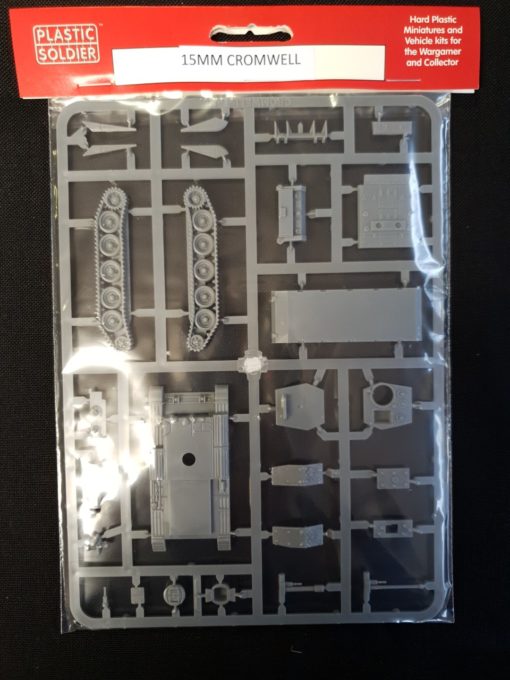

However, the T-54/55's first appearance in the West around the period of the 1950s (then the beginning of the Cold War) spurred the United Kingdom to develop a new tank gun, the Royal Ordnance L7, and the United States to develop the M60 Patton. They were replaced by the T-62, T-64, T-72, T-80, T-90 and soon, T-14 tanks in the Soviet and Russian armies, but remain in use by up to 50 other armies worldwide, some having received sophisticated retrofitting.ĭuring the Cold War, Soviet tanks never directly faced their NATO adversaries in combat in Europe. Estimated production numbers for the series range from 86,000 to 100,000. The T-54/55 series eventually became the most-produced tank in military history. T-54s and T-55s have been involved in many of the world's armed conflicts since the later part of the 20th century. The T-54 eventually became the main tank for armoured units of the Soviet Army, armies of the Warsaw Pact countries, and many others. Initial production ramp up settled for 1947 at Nizhny Tagil, and 1948 for Kharkov were halted and curtailed as many problems were uncovered the T-34-85 still accounted for 88 percent of production through the 50's. The first T-54 prototype was completed at Nizhny Tagil by the end of 1945. The T-54 and T-55 tanks are a series of Soviet main battle tanks introduced in the years following the Second World War.


 0 kommentar(er)
0 kommentar(er)
